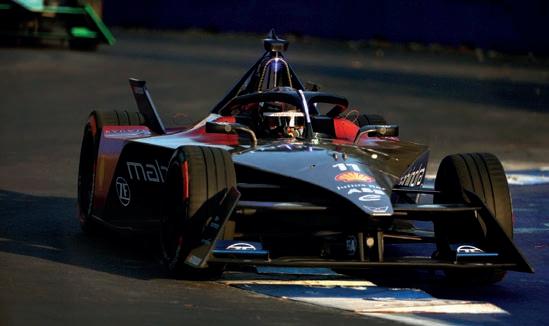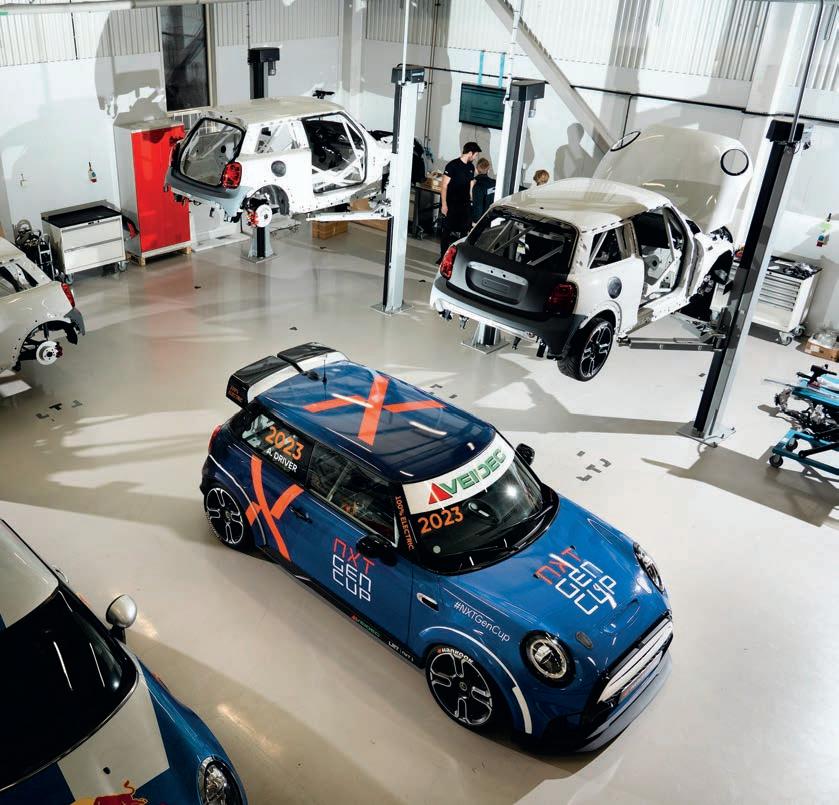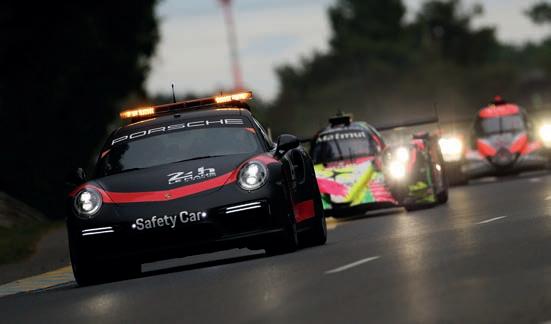
3 minute read
Slippery when cold
There’s a fair amount of debate surrounding the use of tyre warmers in Europe at the moment. Even Formula 1 has got in on the act now, with Pirelli confirming it is able to produce a wetweather tyre for this season that does not need to be preheated before being fitted to a racecar.
In US racing it’s common not to have tyre warmers, but in Europe their use is widespread. Oddly enough, though, the US racing scene typically has less aggressive track surfaces and so, logically, heating tyres on a running car should be more challenging.
Much of the current debate in European racing centres on the environmental impact of tyre warmers, with a move towards banning them for that reason in all racing.
Secondly, while the level of driver skill at Le Mans is high, there is the issue of closing speeds. A pro on hot tyres will be travelling significantly faster than an amateur on cold tyres, and that could lead to drama, particularly in the dark. That one could at least be solved relatively easily. It was pointed out to me that a spotter at pit exit could identify a driver leaving the pit by their helmet, relay the information to the pro and give them every chance to take action to avoid an accident. It’s an extra level of complexity, but reducing the risk of an accident is not complicated.
Email:
This is not necessarily led by the series organisers. Michelin forged the way in the World Endurance Championship by looking to end the need for tyre warmers, and then received support from the organisation to implement a ban for this season.
According to folklore, Michelin’s cause was championed by Endurance Committee chairman, Richard Mille, who drove through the decision using the line that if people could not afford to heat their homes, then racing teams should not waste energy heating tyres for racing.
Michelin had since said it’s not an issue to build tyres that heat up quickly and that can last for a double, or even triple, stint during an endurance race. Typically, tyre companies are looking for 500-700km of running on a set of tyres at Le Mans, so having a fast heat cycle, coupled with that sort of longevity, presents the tyre manufacturers with a technical challenge. But it’s one they seem to want in order to improve the product, and their company image.
The road ahead
There are a few issues with this plan, though. One is that Goodyear was tasked by the organisers to produce a harder compound tyre for the LMP2 cars, while also at Michelin’s request losing the use of tyre warmers. After extensive testing, the company found it could produce a tyre that would do what was required. All good, you would think, but then came the teams, and they were less impressed.
Firstly, there is a higher risk of an accident on cold tyres compared to warm ones, and the repair costs would have to be borne by the teams, not the tyre companies that pushed for this change.
The next problem is one of sustainability. One could easily argue on that score that four tyres should last more than 700km, but that would be missing the point. As a result of needing to heat the tyres for a qualifying run, the WEC has extended its qualifying session by five minutes. That’s all cars, running on a track, for five minutes longer than originally planned. Admittedly, the cars now run on renewable fuel that emits less CO than traditional fuel, but that’s still a lot of cars running for longer just so we can get rid of tyre warmers, because they’re bad for the environment.
Added value
What will happen in Formula 1? Wet weather tyres work at lower operating temperature than slicks, but then the track surface will be colder if it’s wet. Assuming the go-ahead is given to running without blankets in the wet, I’ll look forward to when Pirelli get to build a new slick tyre that does not need pre-heating.
While endurance racing drivers and teams have the option to double stint tyres, leaving hot tyres on the car as part of the strategy, F1 drivers won’t. They will change tyres and deal with the handling issues on their out laps, whatever the lap time loss. It will be good fun watching them, and interesting to see who can best handle a car with low grip as the tyres come up to temperature. And I am certain that it will lead to a paddock full of grumbling, which is always fun for media and fans alike.
So, is banning tyre warmers good for racing in general? It is a small scratch on the surface when it comes to saving the planet. That argument only looks good on paper. However, the drivers will have to cope, and tyre companies will relish the technical challenge. What else should they do other than improve their product through racing?
ANDREW COTTON Editor























